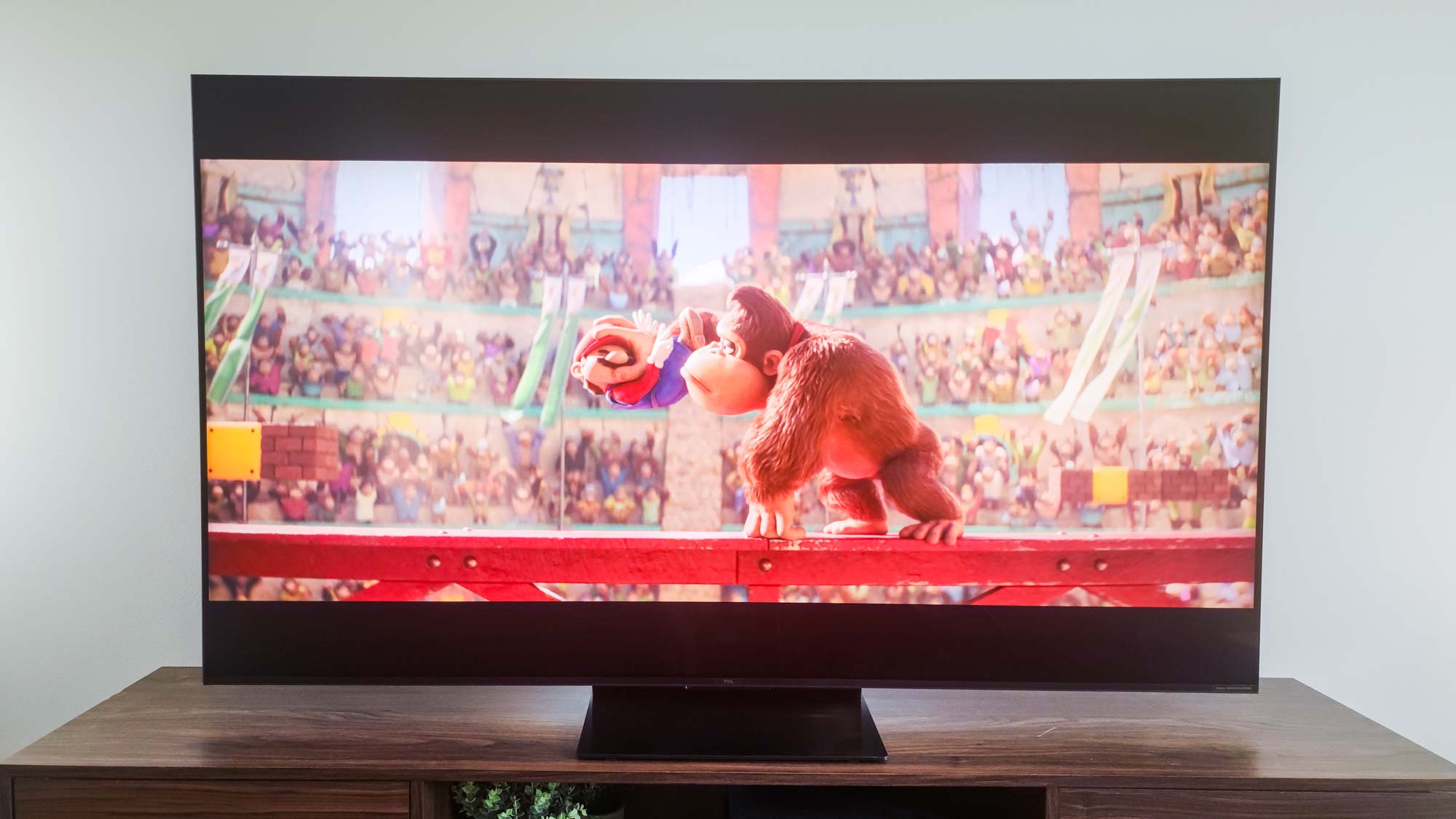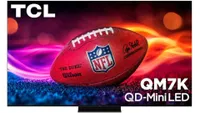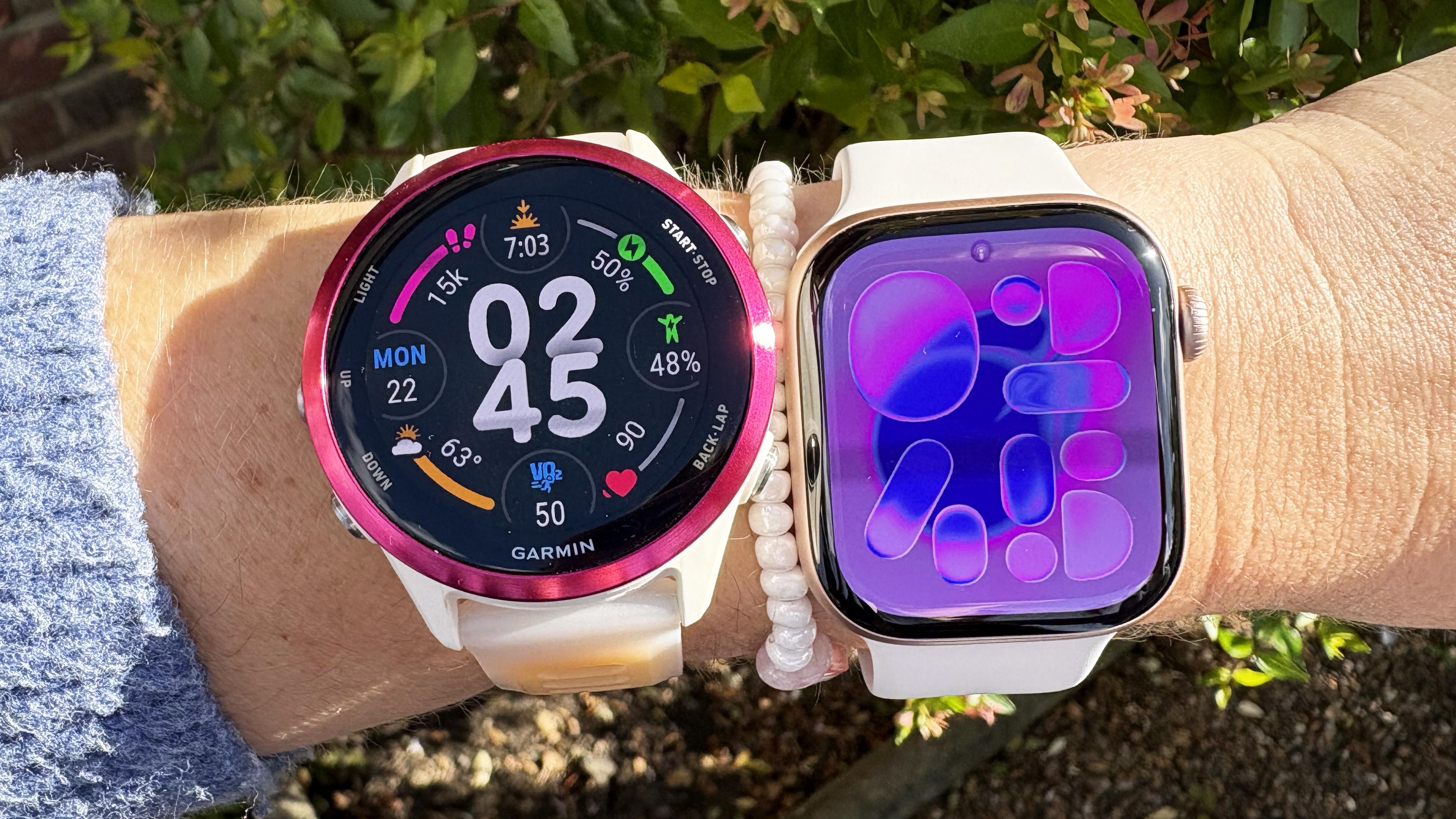This is the affordable TV I keep recommending to gamers — and so far no one is disappointed

Being a gamer on a budget can be tough. If you spend too little on a TV, you’ll probably end up missing out on key gaming features. But it’s easy to get carried away and spend too much — especially if you don’t need the bells and whistles that come with a high-end TV.
That’s where I come in. I spend all year testing, reviewing and playing video games on everything from dirt-cheap sets to the best TVs money can buy. I’ve packed my brain so full of TV minutiae that I’m the first person anyone in my immediate circle turns to when they need TV-buying advice.
This year, I’ve had five separate people approach me with the same criteria: I want enough gaming features to make the most of modern games, but I don’t want to spend recklessly. In each of these cases, the answer was the same: the TCL QM7K Mini-LED TV.
The TCL QM7K is a mid-range Mini-LED TV that collects many of the most-valuable specs of a higher-end TV, but comes in at a price that most people can justify when shopping for a new 4K TV. It's bright enough to stand up in sunny rooms, comes with Google TV baked right in and delivers nearly every gaming-related feature a console gamer could ask for in 2025.
If the 55-inch version is too small, check out the 65-inch QM7K, on sale for $997 at Amazon.
Right now, the 55-inch TCL QM7K is just $699 at Best Buy, which is a whopping $600 off its debut price. The 65-inch version of the QM7K is just $997 at Amazon — another big discount.
While these recent price cuts have certainly helped to propel the QM7K to the top of my list of recommended TVs, it’s the QM7K’s performance, feature set and overall value that keep its name on my lips when chatting with friends, family and readers.
Allow me to explain.
Big on performance, low on price
Before we get into its gaming prowess, let's talk about its design.
Entry-level TVs typically leverage standard-sized LED backlights. Cheaper models often settle for edge-lit displays, which I find to be a massive bummer.
The TCL QM7K uses Mini-LEDs — smaller-sized LEDs that typically offer brighter highlights, better backlight control and superior contrast overall.
With the help of its Mini-LED display, the QM7K gets much, much brighter than these aforementioned entry-level LED TVs: According to the tests we conducted for our TCL QM7K review, this set reaches over 1,700 nits of HDR highlight brightness.
For context, the entry-level TCL QM6K — a more affordable model — tops out at around 700 nits.

Gamers stand to wring even more value out of the QM7K, as it's laser-focused on making the most out of the Xbox Series X and PS5 Pro.
But gamers stand to wring even more value out of the QM7K, as it's laser-focused on making the most of the Xbox Series X and PS5 Pro. It's equipped with a pair of HDMI 2.1 ports that support 4K gaming up to 144Hz.
Crucially, neither of these HDMI 2.1-compatible ports overlap with the QM7K's dedicated eARC port. This means you're free to connect two consoles and one of the best soundbars for your budget. (You'd be surprised at how hard this is to find in the world of affordable TVs.)
Also included are Variable Refresh Rate (VRR) and AMD FreeSync Premium Pro, both of which reduce screen-tearing, as well as TCL's Game Accelerator 240 feature, which allows for even higher framerates when gaming below a 4K resolution.
I know I've spent most of this page detailing just how value-forward this TV is for dedicated gamers, but it's a great value for streaming, movie nights and sports, too. It's a jack-of-all-trades, which is incredibly rare to find at this price point.
Admittedly, there's still time left in the year for an affordable gaming TV to sweep me off my feet more than the QM7K has, but so far, this is the set I'll keep recommending to gamers on a budget in 2025.
More from Tom's Guide
Get instant access to breaking news, the hottest reviews, great deals and helpful tips.

Michael Desjardin is a Senior Editor for TVs at Tom's Guide. He's been testing and tinkering with TVs professionally for over a decade, previously for Reviewed and USA Today. Michael graduated from Emerson College where he studied media production and screenwriting. He loves cooking, zoning out to ambient music, and getting way too invested in the Red Sox. He considers himself living proof that TV doesn't necessarily rot your brain.
You must confirm your public display name before commenting
Please logout and then login again, you will then be prompted to enter your display name.

